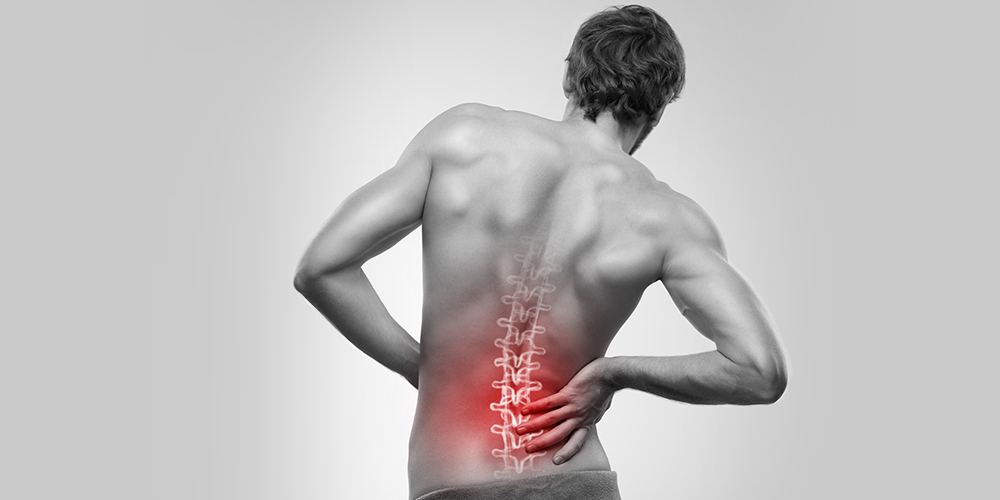
What is a pulled back muscle?
A pulled back muscle, also known as a strained back muscle, is a common injury. It can happen suddenly due to a sudden movement, lifting heavy objects improperly, or engaging in strenuous physical activities. I have been in practice over 30 years and I have never seen an injured muscle on an MRI scan. When you injure a disc or one of the joints in your spine the body reacts by causing the muscles around the injured part to go into spasm to keep the spine as still as possible. this translates into muscle spasm and pain.
Symptoms of a pulled back muscle may include:
- Sharp or Dull Pain: Pain is the primary symptom, which can range from mild to severe and may be felt in the lower back, upper back, or both.
- Muscle Spasms: Muscle spasms are involuntary contractions of the muscle and are common with a pulled back muscle.
- Stiffness: The back may feel stiff, making it difficult to move comfortably.
- Limited Range of Motion: Pain and stiffness can restrict the ability to bend, twist, or move the back freely.
- Tenderness: The affected area may be tender to the touch.
- Swelling or Bruising: In more severe cases, swelling or bruising may be present.
Most cases of pulled back muscles are acute and resolve on their own with time and conservative treatment. Treatment options for a pulled back muscle include:
- Rest: Resting the back and avoiding activities that worsen the pain is crucial for healing.
- Ice and Heat: Applying ice packs in the first 48 hours can help reduce inflammation, followed by heat therapy to relax the muscles.
- Over-the-Counter Pain Relievers: Nonsteroidal anti-inflammatory drugs (NSAIDs) can help manage pain and reduce inflammation.
- Gentle Stretches and Exercises: Gentle stretching and strengthening exercises can aid in recovery and prevent future injuries.
- Physical Therapy: A physical therapist can provide targeted exercises and techniques to improve flexibility and strength.
- Posture Improvement: Maintaining good posture can help reduce stress on the back muscles.
In more severe cases or if the pain persists, it's essential to seek medical attention for a proper diagnosis and treatment plan. It can be a sign of a more serious underlying condition, such as a herniated disc or a spine-related issue. Make an appointment with Dr. Kevin Moran, a board certified orthopedic surgeon who is fellowship trained in spine surgery to rule out other potential causes and ensure appropriate management.




